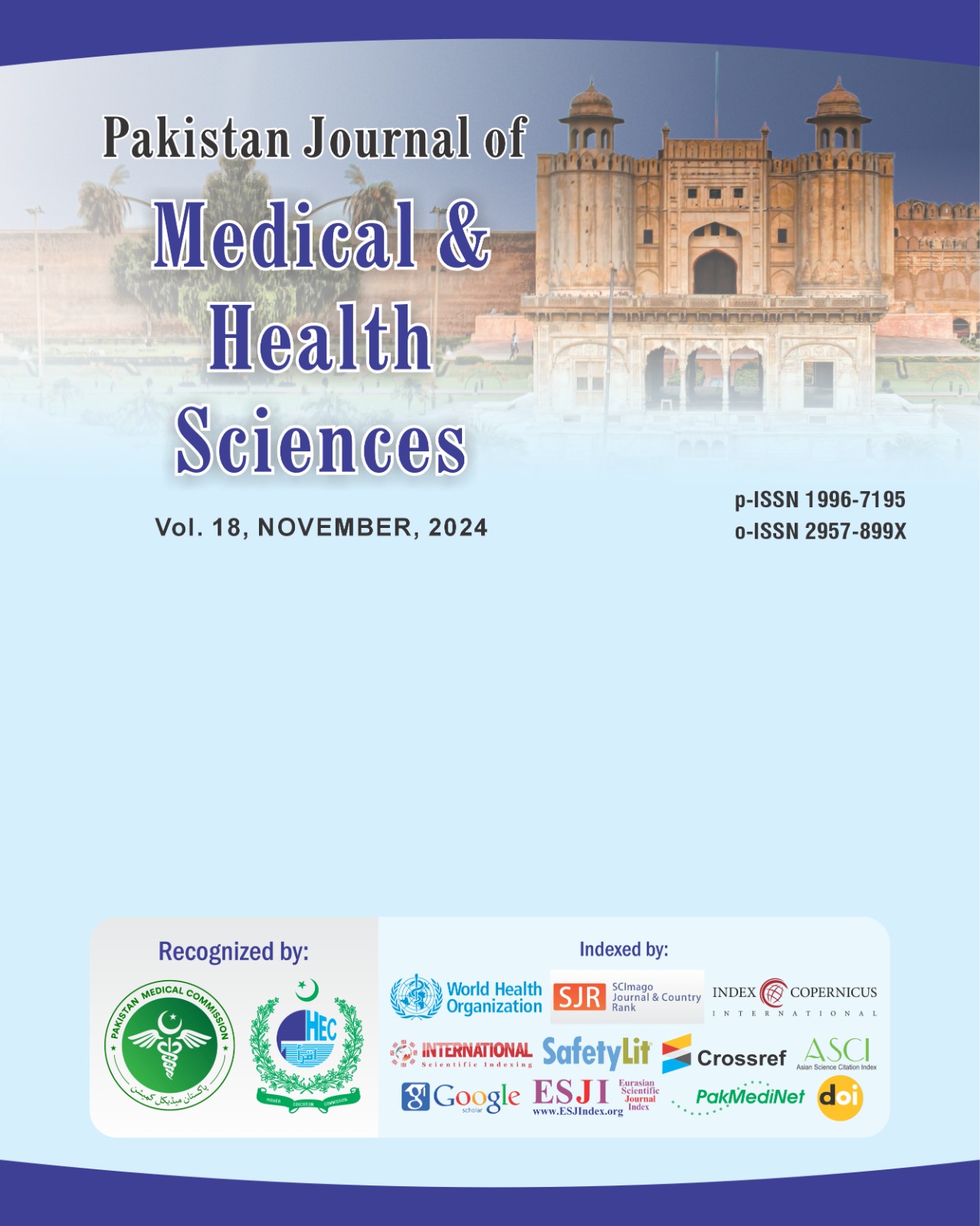Application and Care of Extracorporeal Membrane Pulmonary Oxygenation Technology in Critically Ill patients at Medical University- Affiliated Hospital
DOI:
https://doi.org/10.53350/pjmhs020241811.5Abstract
Aim: To examine the efficacy and nursing strategies involved in using extracorporeal membrane oxygenation (ECMO) technology for critically ill patients at the Xiangshan Hospital, a tertiary grade B hospital in China.
Methods: This study investigates the efficacy and nursing strategies associated with applying extracorporeal membrane oxygenation technology in critically ill patients within a tertiary grade B hospital in China.
Results: Following timely intervention and care, eight of the 19 patients were successfully weaned off ECMO and transferred to the ward. Two patients were discharged after treatment was discontinued due to severe cerebral dysfunction, one was discharged following the discontinuation of treatment due to a severe pulmonary infection, and eight patients succumbed to their conditions.
Conclusion: ECMO technology, as an advanced life support mechanism, delivers vital oxygenation and circulatory support during cardiopulmonary failure, allowing crucial time for subsequent therapeutic interventions. Nursing plays a central role in ECMO
therapy, involving patient monitoring, comprehensive care, and complication prevention. It is essential for nursing staff to have specialized knowledge and skills to maintain the optimal performance of ECMO equipment and ensure patient safety.
Keywords: extracorporeal membrane pulmonary oxygenation; critical care; nursing care.



